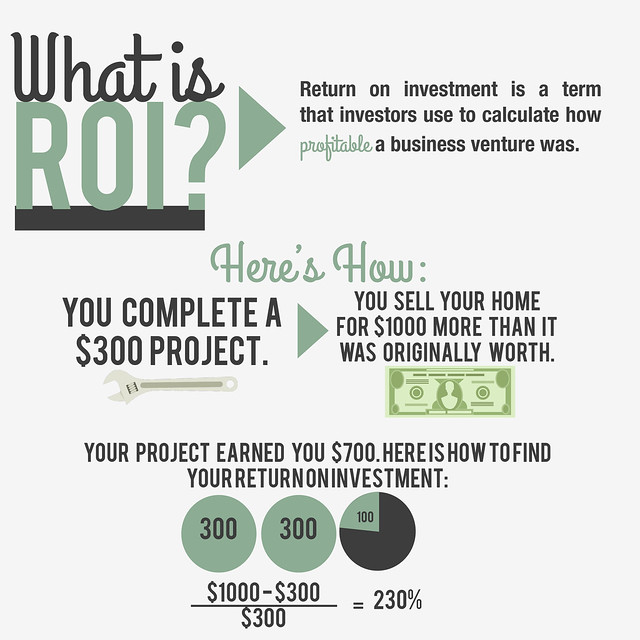But despite the headwinds, this turned out to be a good year overall for our local housing market.
Home sellers enjoyed solid gains in sale prices throughout the greater Wasatch Front. The median sale price for single-family homes, condos and townhouses in the region through October (the latest data available) reached $240,000, up 8 percent from the same period a year ago, according to local MLS data analyzed by Coldwell Banker.
Strong buyer demand, a healthy local economy, and a continuing decline in the inventory of homes on the market all combined to make 2016 a seller’s market in much of Utah. The market was also fueled, in part, by a growing technology sector and the accompanying jobs that has attracted, both locally and from higher-priced markets around the country.
The year saw a continuation of mortgage rates that remained near historic lows much of the year, helping make home purchases more affordable. But in recent weeks, key lending rates began to tick higher, which could present challenges to the market if that continues into the new year.
One of the biggest challenges for the housing market in 2016 was insufficient listings to meet buyer demand. The number of homes for sale in October was down a whopping 25 percent in our region from the year before. The Salt Lake Board of Realtors said the region’s housing markets had roughly four-month’s supply of available homes, well below the typical five- or six-month supply.
Despite limited inventory for buyers to choose from, home sales in the greater Salt Lake City region (Salt Lake, Davis, Utah, Tooele and Wasatch counties) were up 3 percent in 2016 compared to last year. As of October, sales year to date totaled 28,831, up from 28, 062 sales during the same period in 2015.
However, sales came under pressure in the higher-priced markets in the region with much of the gains coming in the more affordable communities. According to the Salt Lake Board of Realtors, sales in the July-September period, for example, fell the most in areas like South Jordan, West Jordan and Sandy.
At the same time, sales in Utah, Davis, Weber and Tooele counties either gained or remained relatively flat, as some Salt Lake City-area buyers went to adjacent counties to find more affordable homes.
As 2016 draws to a close and we look ahead to 2017, there are reasons to be encouraged about the outlook for the market. The greater Salt Lake City region’s growth in high-tech jobs and solid economy should continue to create demand for housing in our area.
If you’ve been thinking about selling your home, now may be a good time to make your move. Mortgage rates are still low by historical standards, although that could change in the coming year if rates continue to move higher. And for now, we’re still enjoying a seller’s market in many of our communities.
If you have questions about making a move, including what your home might be worth and what the market looks like in your neighborhood, I’d be happy to help. Please give me a call or e-mail me and we’ll get started today!































